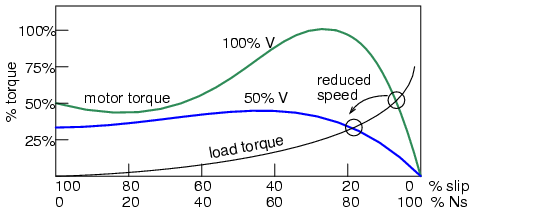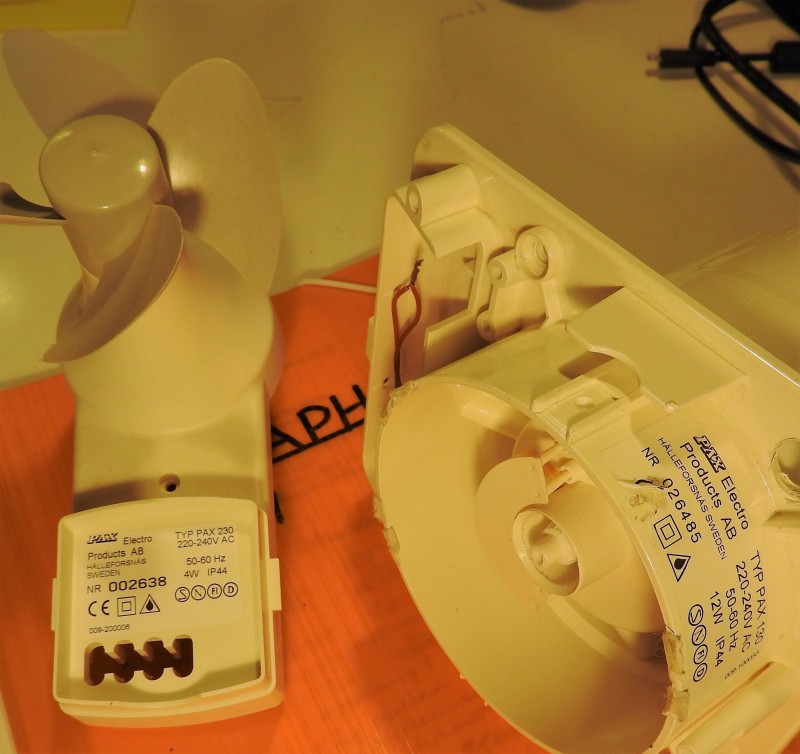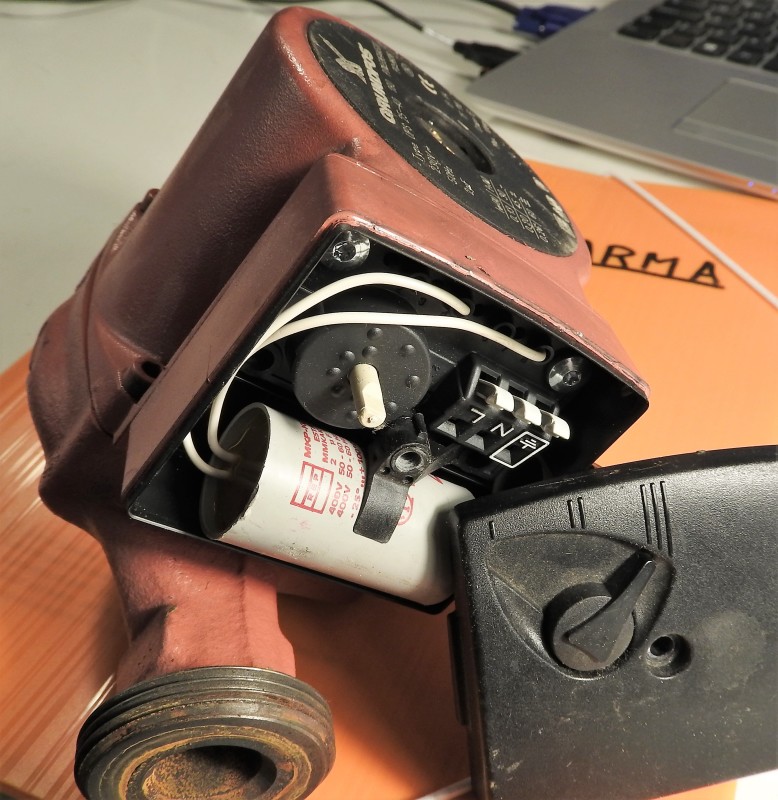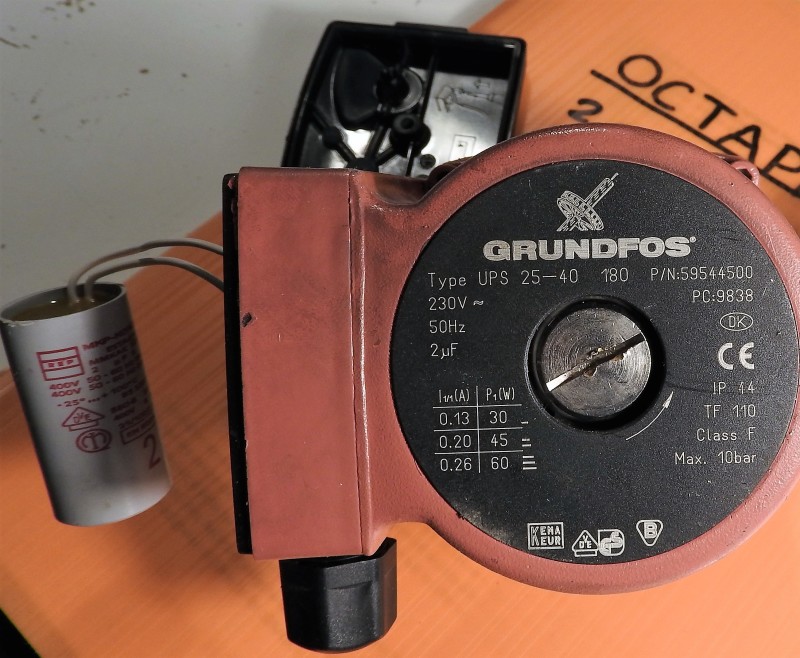Friends:
I am unhappy to see this dissention between professionals whom I respect.
I am also a little confused as to the possibility of using reduced voltage to control the speed of a fan.
There have been requests to identify a specific motor that is suitable for speed control by reduced voltage.
I started searching the web for answers and now I may be a little more confused.
What I found:
Disclaimer; None of the information that I have found so far identified a specific motor.
I looked for speed/current curves for star delta starters on the star connection.
The results were all over the map.
One chart indicated that the starting current dropped to 100% at 37.5% speed. The motor was not identified and this is probably not typical. This motor may have been a good candidate for control by reduced voltage if it is available.
Some charts indicated that the slip curve on the star connection was almost identical to the curve on the delta connection. Such a motor may
not be suitable for reduced voltage control. However I am not convinced of the accuracy of the curves.
I found a number of charts indicating that the current on the star connection dropped to 100% at about 90% of synchronous speed.
Then I came across this web site. I have no opinion as to the credibility of the site.
[URL unfurl="true"]https://www.allaboutcircuits.com/textbook/alternating-current/chpt-13/tesla-polyphase-induction-motors/[/url]
Variable voltage
The speed of small squirrel cage induction motors for applications such as driving fans, may be changed by reducing the line voltage. This reduces the torque available to the load which reduces the speed. (Figure below)
Variable voltage controls induction motor speed.
OP said:
Why then a fan connected in delta and star connection has a different speed, even though it is the same fan and fed at the same frequency ?
Can speed on an induction motor be controlled by dropping the voltage?
With some loads such as fans,
some motors may be speed controlled by dropping the voltage.
Is this done in practice?
For very small fan motors, yes.
For larger motors, eg 1 HP and larger, given the several hundred years of cumulative experience of the responders, myself included, who have not seen this done in practice, probably not. A damper is much cheaper than a star delta starter.
If I was to implement this method of control, I would probably use design "D" motors. The inherent high slip of a design "D" motor may make it the most suitable motor for this control method.
The Cowern Papers give torque/speed curves for various designs of induction motors.
Link
See .pdf page 7
Remember the cube law for fan HP.
At reduced speed the required torque is also reduced.
Will I ever use voltage reduction to control the speed of an integral HP fan?
Probably not.
A damper or stepped control of multiple fans is so much cheaper.
The motor may have to be oversized at full speed use to allow reduced speed use.
Also there would be no danger of a failed motor being replaced with an unsuitable motor.
Is this a good idea? NO
Now let's be friends again.
The first round is on me in Pat's Pub.
Bill
--------------------
"Why not the best?"
Jimmy Carter





